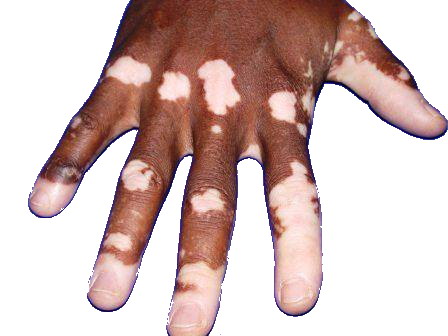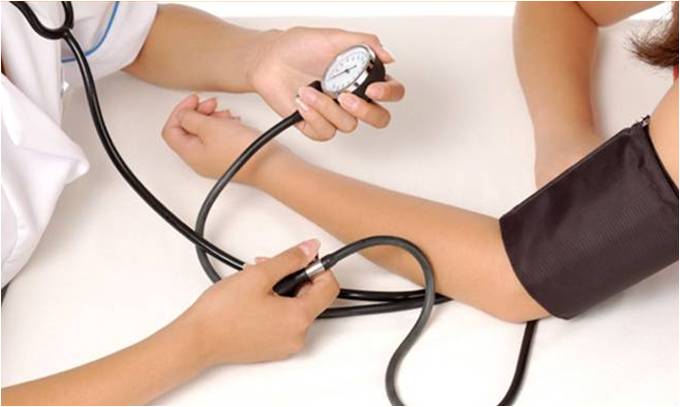
Vitiligo, Burs, Phulbehry Treatment
Vitiligo, Burs or Phulbehry is a skin disease that is difficult to recover. It is caused by a loss of pigment (Melanin) in the skin, due to destruction of pigment-forming cells known as melanocytes. One possible explanation might be that the body’s immune system destroys the cells, as in other autoimmune conditions. It may take […]

